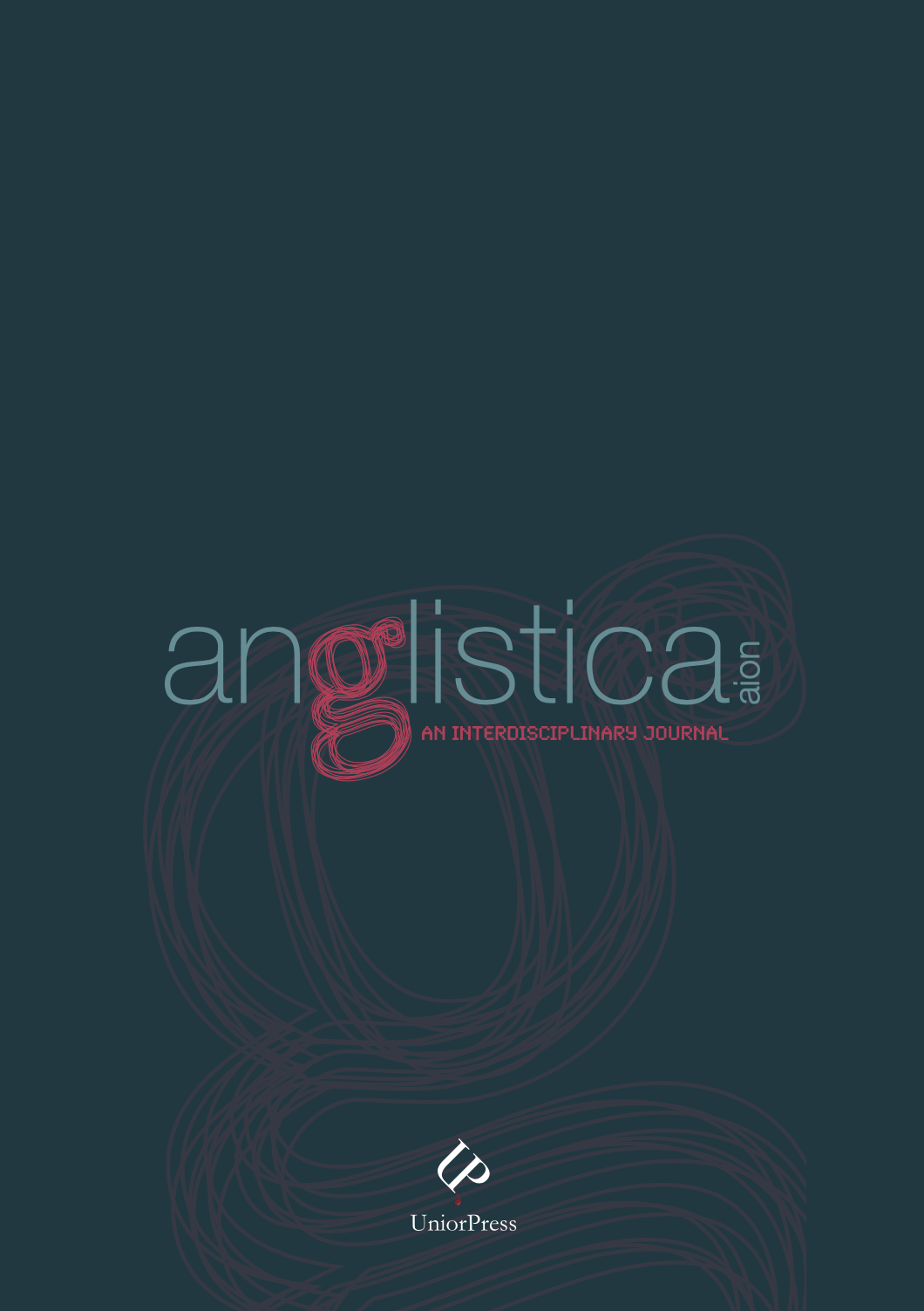Waste Lands and Human Waste in Postcolonial Texts
Alexis Wright’s Carpentaria and Katherine Boo’s Behind the Beautiful Forevers
Abstract
In this paper I would like to provide an eco-aware and human-rights-aware exploration of the literary representations of two communities who live on a dumping ground, at the margin of society, and who end up being considered as disposable as the garbage they live among. The first case is the novel Carpentaria (2006) by Alexis Wright, where a community of Australian Aborigines live off the rubbish dump of the town of Desperance, in the Gulf of Carpentaria. The second case is the Annawadi community of the notorious Mumbai slum, just outside the International Airport precinct, portrayed by the American journalist Katherine Boo in the novel Behind the Beautiful Forevers (2012). Both Aborigines and Annawadians live of garbage picking, recycling, sorting, selling and trading. Yet, in spite of the little profit they might make, or right because of that, they end up arrested, beaten up, and even brutally murdered. Both the Foucauldian categories of control and punishment and Bauman’s theories of “waste” assimilate those people to garbage itself, transforming them into a residual existence: invisible, undesired, marginalized and refused.


